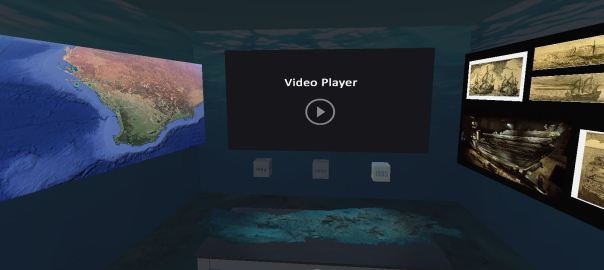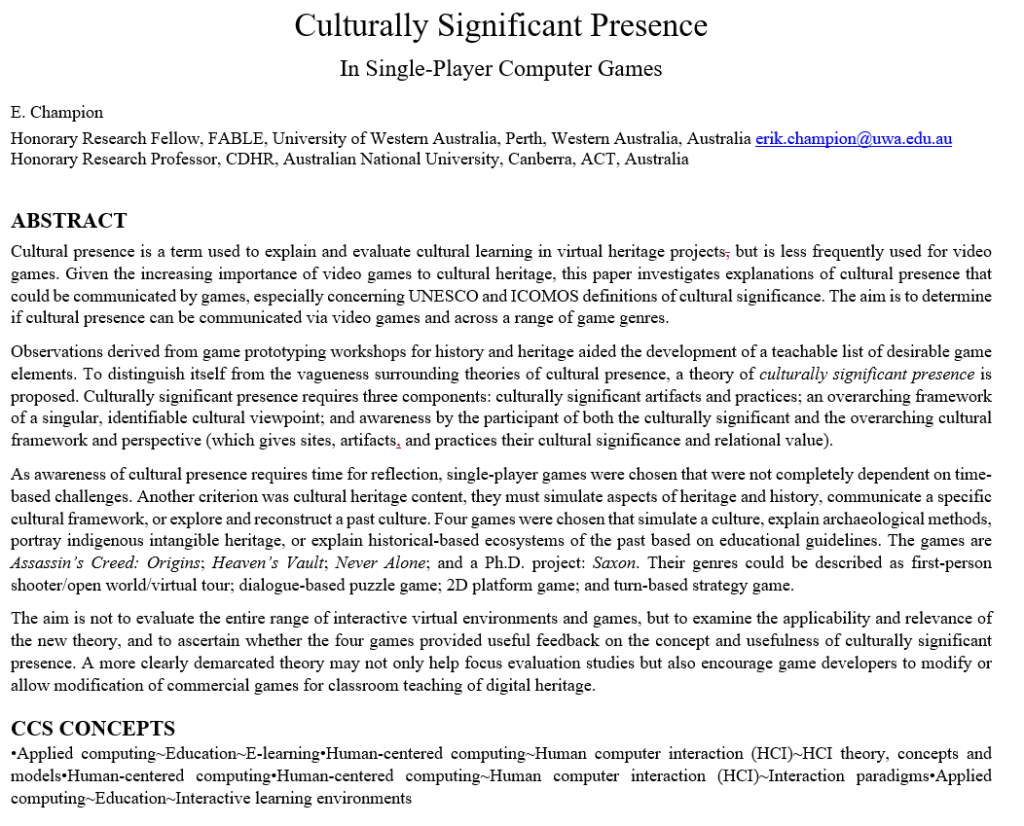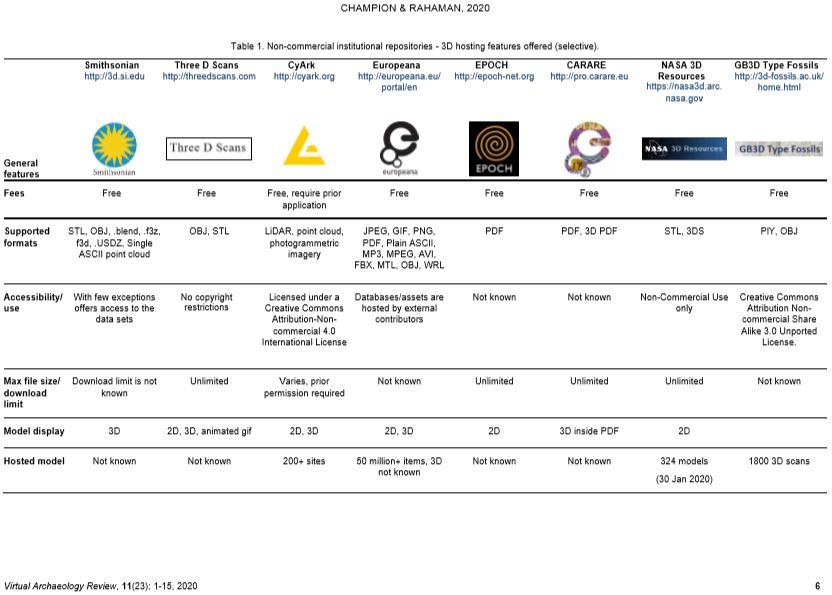The paper “Time-Layered Gamic Interaction with a Virtual Museum Template” by Erik Champion, Rebecca Kerr, Hafizur Rahaman and David McMeekin will be presented virtually at EuroMed 2020 Conference next week. The project is part of the ARC funded project Time Layered Culture Map (tlc). Registration is free.
Abstract. This paper discusses a simplified workflow and interactive learning opportunities for exporting map and location data using a free tool, Recogito into a Unity game environment with a simple virtual museum room template. The aim was to create simple interactive virtual museums for humanities scholars and students with a minimum of programming or gaming experience, while still allowing for interesting time-related tasks. The virtual environment template was created for the Oculus Quest and controllers but can be easily adapted to other head-mounted displays or run on a normal desktop computer. Although this is an experimental design, it is part of a project to increase the use of time-layered cultural data and related mapping technology by humanities researchers.








